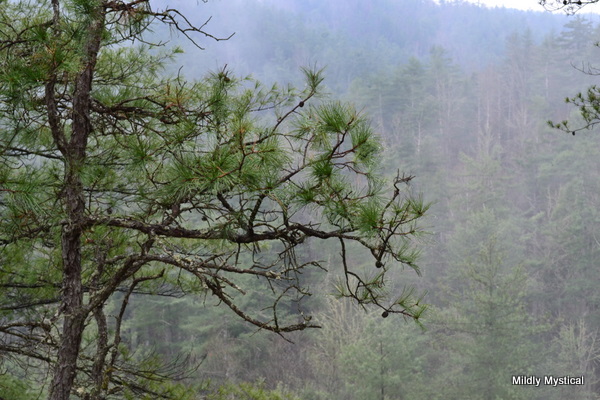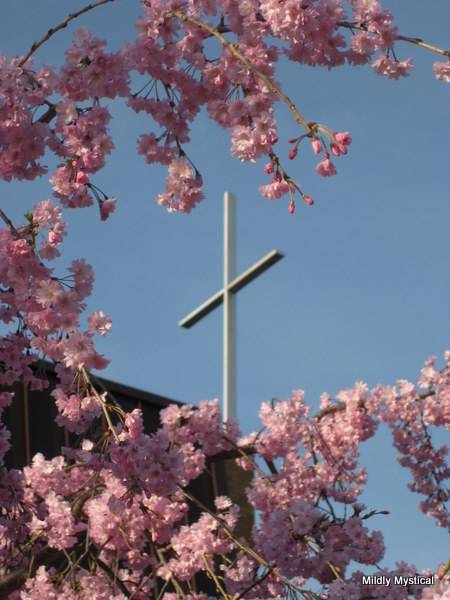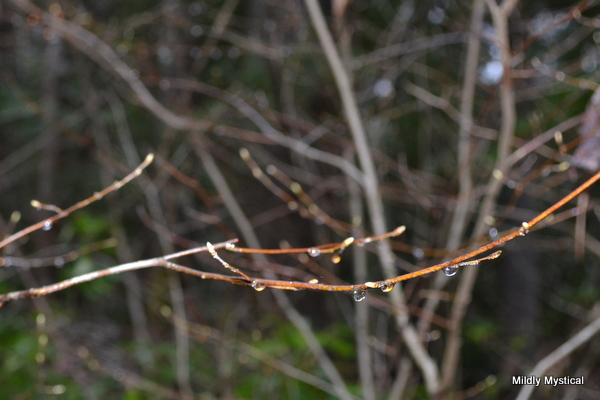It’s been a volatile early Spring this year. Every time I relax into believing the growing warmth has arrived for good, chill winds argue otherwise. It’s a changeable, unsettling season. Daffodils wilt in the cold, pansies wither in the heat, followed by days of cold rain and dreariness. Meanwhile, storms are tearing across the country—150 tornadoes just in the past three days. The transition from Winter toward Summer is wrenching, unpredictable, as transitions can often be.

Spring brings more than a season’s worth of change, it seems. A couple of calendars I’ve come across lay out the year in six seasons, rather than four, which makes a lot of sense to me.
J.R.R. Tolkien gave the elves in his Lord of the Rings trilogy six seasons. He added a season called Ending of Summer, and one in early Spring called Stirring, which I think is a perfect name.
Naturalists studying the Melbourne, Australia area propose six or even seven seasons. They’re represented here on a beautifully drawn wheel. Some divide what we call Spring into Pre-spring or Early Spring and True Spring, and divide Summer into High Summer and Late Summer. Others retain Summer and divide winter into Early Winter and Deep Winter.
The Hindu calendar also includes six seasons—Monsoon comes after Summer, and Prewinter follows Autumn.
Dividing the year into sixths feels quite different from our usual division into quarters. Four is solid and stable—the four sides of a square, four points of a compass, four legs of a table. It feels complete and unmoving.
Representations of six have a different sense—a pie cut in six wedges, a six-pointed star, a wheel with six spokes. These are images that suggest motion. The eye continually travels around them, which is appropriate for representing the cyclical nature of the earth and the seasons.
The continuing cycle represents our own growth as we persevere through our lives, gathering energy for many buds and blooms, yielding multiple harvests, and accepting the end of countless growing seasons.
As regular as the seasons are, they are ever fluid, moving toward the next thing. They never rest in the sense of having arrived. What appears to us as the fullness of any season is simply the momentary place that the continual motion has brought about.
Early Spring is a reminder of this. There is always this much going on; upheaval is always happening. This time of year it’s just easier to see.
What kind of transition is Spring bringing for you this year?



